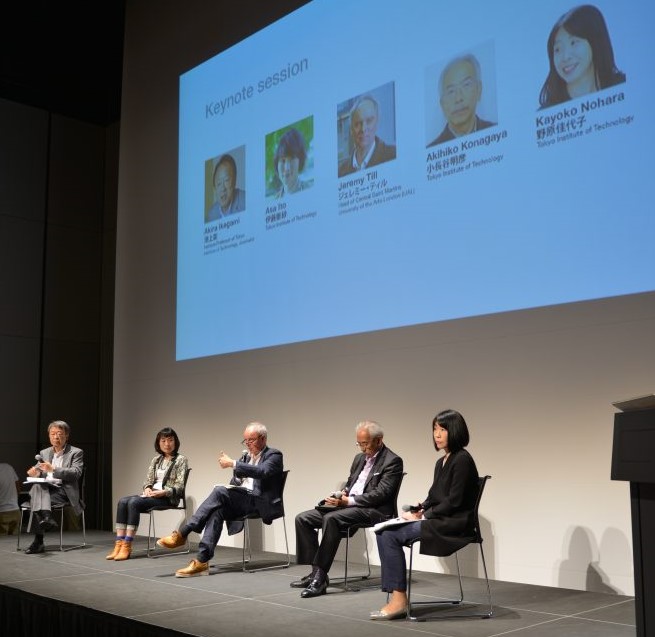
A kick-off joint symposium between Tokyo Institute of Technology and Central Saint Martins, University of the Arts London, on “The Experiment” was held in Shibya Hikarie, Tokyo.
The symposium was a great success with interesting talks given by the keynote speakers included Akira Ikegami (journalist), Katsuhiko Hibino (artist) from Tokyo, and Jeremy Till (architect) from Central Saint Martins. The speakers shared their daily “experiments” and the cultures.
This five-hour event attracted more than 300 audiences and media report from The Science News. It was a scramble of communication between art and science, right emerged in Shibuya.
Full report (in Japanese) was also posted on Tokyo Tech main website.
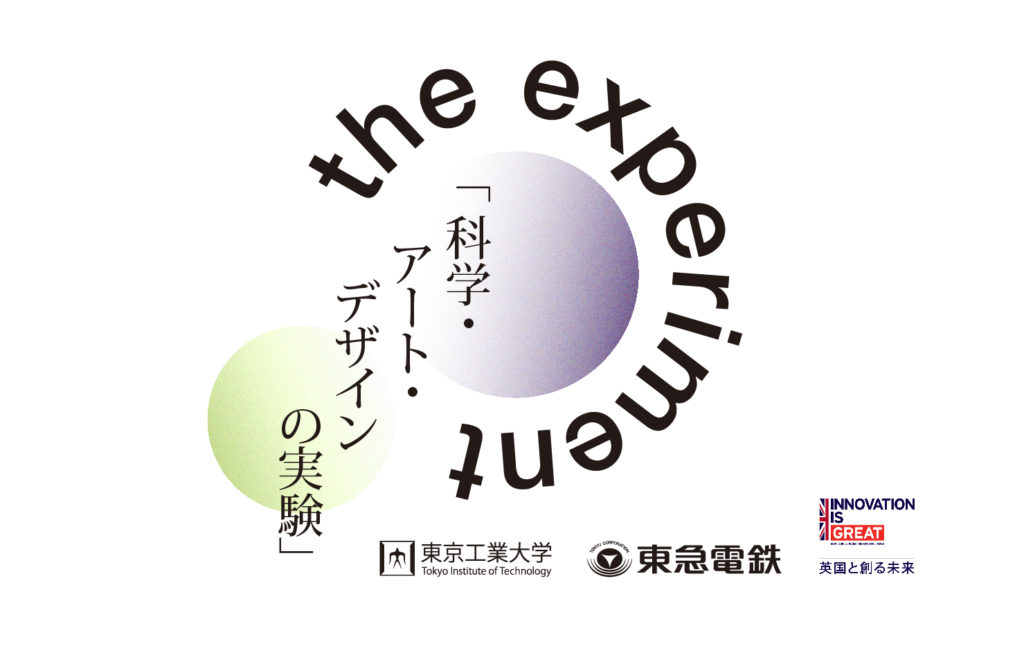
2017年5月27日 13:00-18:00@渋谷ヒカリエ ヒカリエホール(ホールB)
東工大とロンドン芸術大学セントラル・セントマーティンズ校合同シンポジウム「The Experiment – 科学技術・アート・デザインの実験」が開催されました。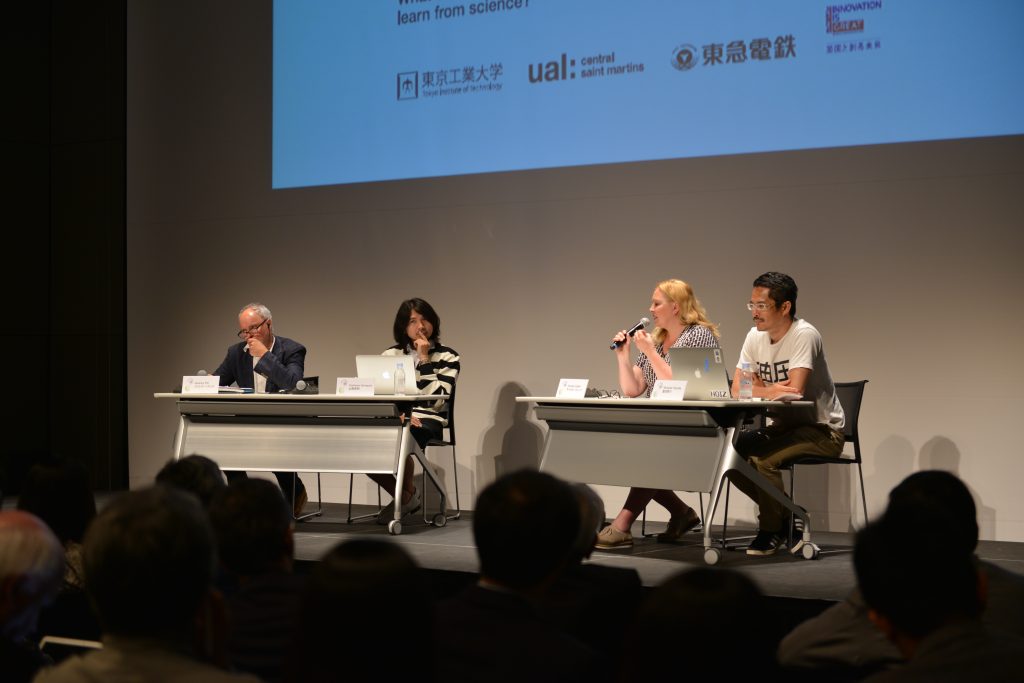
セッション1「デザインと産業」では、建築家の豊田啓介氏、新進気鋭のファッションデザイナー山縣良和氏、菌糸体を利用したテキスタイル(織物)を考案するCSMのキャロル・コレット教授が登壇しました。コレット教授は「成功基準を明確にするためには仮説が必要。成果を論文にして社会に影響を与え始めたとき、デザインは社会に問題を投げかけるものになる」との自身の見解を語りました。豊田氏のプレゼンテーションでは、静的に見られがちな建築というものに対して「動きを持たせ街とコミュニケーションさせる」という豊田氏の発想に、会場が驚きと感銘を受けました。
最後のキーノートセッションでは、池上特命教授がモデレータとして登場し、あらためて「実験」とは何かを見直す議論となりました。ティル学長の「アート・デザインは美しく、洗練されたものを作り出すだけでなく、社会との関わりによって政治、経済をも変える力を持つ」という言葉が印象的でした。その他、現代アートを専門とするリベラルアーツ研究教育院の伊藤亜紗准教授、分子ロボットを専門とする情報理工学院 情報工学系の小長谷明彦教授、また、シンポジウム企画チームのリーダーであり言語学、翻訳学が専門の環境・社会理工学院 融合理工学系の野原佳代子教授が登壇しました。伊藤准教授の「視覚障がい者は頬に感じる風で街の様子を掴む。標準と違うからこそ気づくこともある」などの語りには、多くの来場者が共感しました。小長谷教授「生体の微小管を使って人工的に制御できる分子ロボットが、将来、がん治療にも役立つようになるかもしれない」。
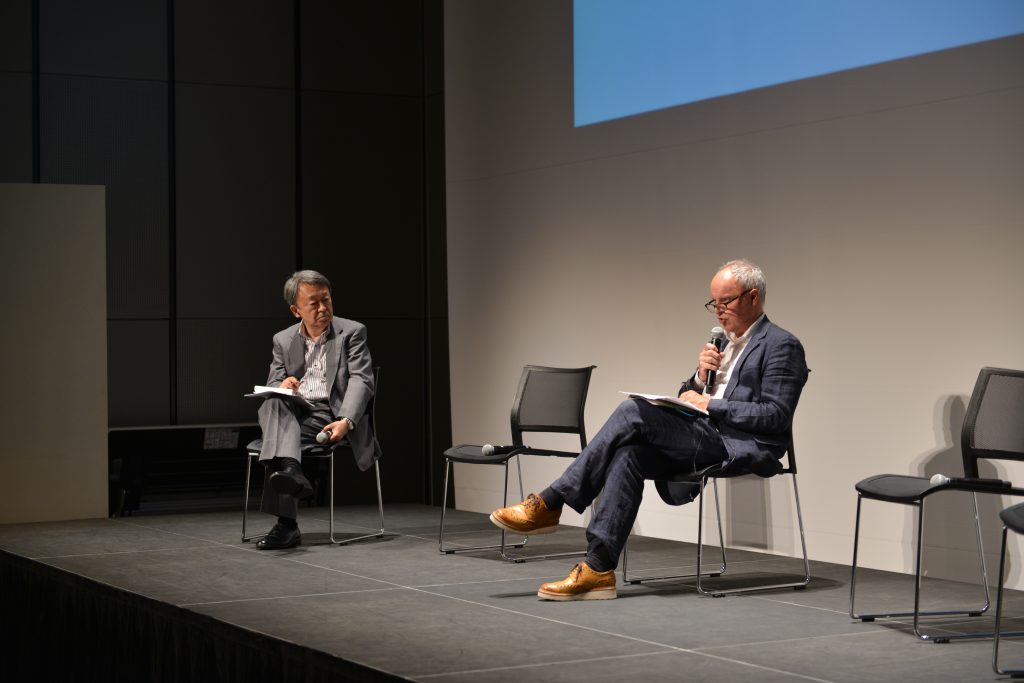
野原教授は最後に、「今回のような異分野コミュニケーションでは、各自の言語間の文化的背景が違うため、必ず意味の理解にズレが生じるものだが、そこにこそ面白さがある。相手によって表現を変え、内容を調整することが翻訳であり、今回の議論はある種の実験である」とし、そのズレから新しい学問が生まれる可能性を示唆しています。
「実験」にはそれぞれ、異なる立場があり見方があります。「実験」という立場をとらないアプローチもあること、また、「実験」を軸に、多様な分野を斬っていく、互いの違いと共通点を見出す、そのきっかけを垣間見る機会となりました。池上特命教授が今回の議論を「大きな可能性をはらむ社会的実験」と総括して、本シンポジウムは終了の時を迎えました。
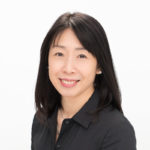

総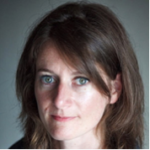 数300名を超える参加者が来場し、『科学新聞』にも紹介されるなど大きな反響を呼んだ、新しいコミュニケーションのスクランブルでした。
数300名を超える参加者が来場し、『科学新聞』にも紹介されるなど大きな反響を呼んだ、新しいコミュニケーションのスクランブルでした。
(東工大ニュース)
[Event Report Translation]
May 27th, 2017, 13.00-18.00 at Hikarie Hall (Hall B), Shibuya Hikarie
Tokyo Tech and University of the Arts London Central Saint Martins (CSM) joint symposium “The Experiment” was held.
Session 1, “Design and Industry”, was attended by architect Keisuke Toyoda, up-and-coming fashion designer Yoshikazu Yamagata, and Prof. Carol Colette of CSM, who devises textiles using mycelium. Prof. Colette shared her own view, “A hypothesis is needed to clarify the criteria for success. When the results are published and begin to influence society, design poses a problem to society.” During Mr. Toyoda presentation, the venue was surprised and impressed by his idea of “moving and communicating with the city” for architecture that tends to be only seen as something static.
Session 2 theme is “Art and Science/Technology”. Prof. Emeritus Shigeo Hirose of Tokyo Tech–known for his snake-shaped robots, Dean Heather Barnett of CSM–artist who collaborates with quasi-intelligent slime bacteria, Prof. Katsuhiko Hibino of Tokyo University of Arts–who develops installations and art education that makes the most of regional characteristics, took the stage to discuss how to deal with experiments. “Experiments are the bases of creativity,” said Dean Burnett, while Prof. Emeritus Hirose said, “Experiments connect theory and reality. Experiments can understand things that cannot be understood by thinking, and give a new perspective.”
In the final keynote session, Prof. Ikegami appeared as moderator and lead the discussion to reexamine what “experiment” is. University President Till’s words: “Art design not only creates beautiful and sophisticated things, but also has the power to change politics and economy through our involvement with society,” was impressive. In addition several members from Tokyo Tech also took the stage: Assoc. Prof. Asa Ito of the Institute for Liberal Arts, who specializes in contemporary art; Prof. Akihiko Kohase of the Department of Computer Science, School of Computing, who specializes in molecular robots; Prof. Kayoko Nohara of the Department of Transdisciplinay Science and Engineering, School of Environment and Society, who specializes in linguistics and translation studies and serves as the leader of the symposium planning team. Many visitors sympathized with Assoc. Prof. Ito’s remarks: “Visually impaired people grasp the state of the city with the wind they feel on their cheeks. Sometimes they notice it because it is different from the standard.” Prof. Kohase stated: “Molecular robots that can be artificially controlled using microtubules in living organisms may be useful for cancer treatment in the future.”
At the conclusion, Prof. Nohara said, “In cross-disciplinary communication just like this time, there is always exist a gap of understanding the meaning due to different cultural background of each language, but that also what makes it interesting. Translation is to change the expression and adjust the content depending on the other party, and this discussion is a kind of experiment,” and suggested that new field of study may be born from that ‘gap’.
Each “experiment” has different position and perspective. There is also an approach that does not take the position of “experiment”, and this was an opportunity to get a glimpse of the way cutting through various fields that centered on “experiment” and discover the differences and commonalities between each other. Summarizing the whole discussion as “a social experiment with great potential,” Prof. Ikegami remarks concluded the symposium.
With total of more than 300 attendant and received great deal of attention by also getting introduced in the “Science Newspaper”, this event was a new communication scramble.
(Source: Tokyo Tech News)